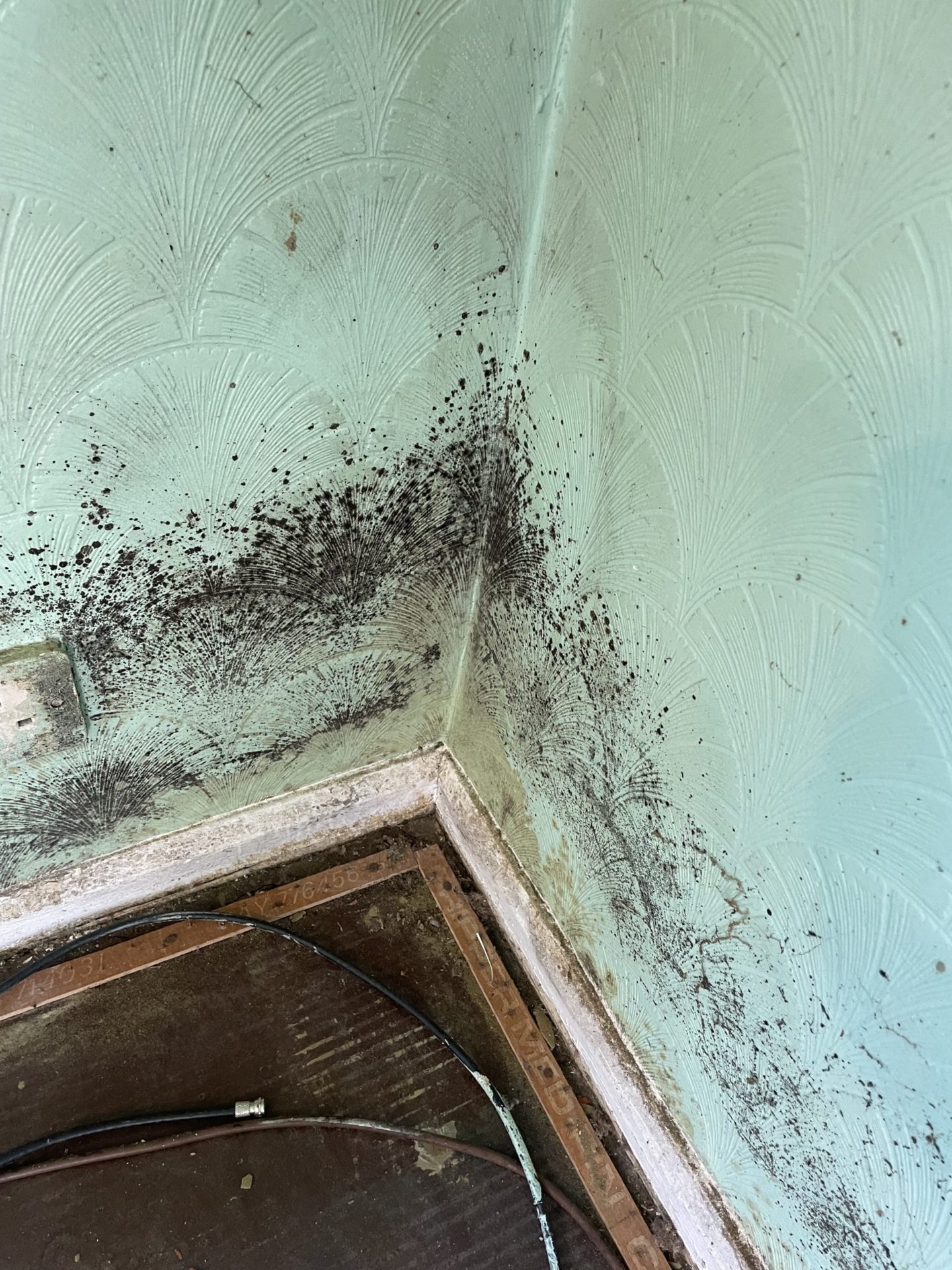James Raspin outlines the causes of condensation and gives advice on how to alleviate it.
Condensation is the most common form of damp in a home. In some studies it has been found in up to 1 in 5 homes. Unlike rising damp or penetrating damp, which come from external factors and building construction issues, condensation is often caused by the lifestyle of the occupant.
Now for another bit of science. Condensation is formed when the air in the property reaches it’s dew point. The dew point is when the air is cooled to such a point that it becomes saturated with moisture and this moisture can’t be held as gas any longer, at this point dew is formed.
Think of a window in winter. The window is cold due to the cold air outside. Inside the home the air is warm and moist. The inside warm air comes into contact with the cold window cooling the air inside to such a point that the dew point is reached, moisture is then released on to the window.
Effective ventilation is the key to reducing condensation, if the amount of moisture in the air can be reduced the occurrence of the dew point can be avoided.
Kitchens and bathrooms need working mechanical extractor fans. Simply keeping windows or their trickle vents slightly open in winter can also make a big difference to combat condensation.
Roofs are also a big cause of condensation. A lot of roofs do not have any ventilation so warm air from the house rises and comes into contact with the inside of the roof covering which is cold causing condensation. Adding roof tile vents are a cheap and effective way to ventilate roof spaces. A lack of roof vents could indicate condensation might be an issue.
Solid brick walls are more prone to condensation as the inside surface can become cold and cause the dew point to be reached. In more modern houses with cavity brick walls the occurrence of condensation is a lot less as the two layers of bricks help prevent the inner skin becoming excessively cold. Also cavity wall insulation plays a role in reducing condensation.
But be aware, modern houses can still be affected by condensation if there is little or no ventilation as excessive moisture can get trapped.
Black mould in a house is the clearest sign a property is suffering from condensation. Moist and warm conditions are perfect for mould to grow. It can be more prevalent in the kitchens and bathrooms as these create more moisture. It is also more like to occur on external walls and around windows.
The biggest change you can make if you’re property is affected by mould is increasing the level of ventilation in your home.
For further information on Survey Hut’s different type of surveys click here.
Visit the Property Care Association website to get their condensation leaflet with further information about how to remedy condensation in the home.
Sharing is caring!




